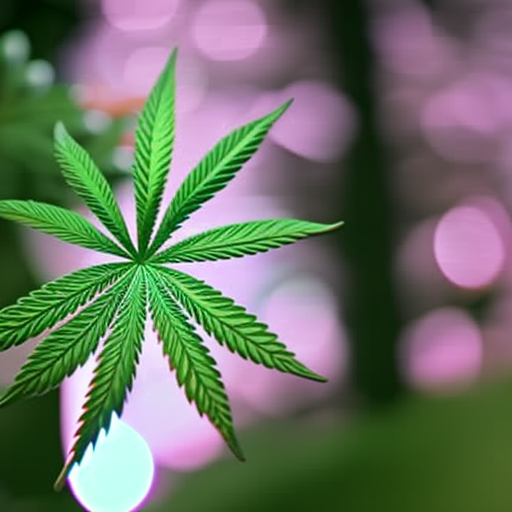 A recent study published in the Journal of the American Medical Association (JAMA) sheds light on the prevalence of delta-8 THC use among adolescents in states where marijuana is illegal. The research reveals that teen use of delta-8 THC is significantly higher in states without marijuana legalization or regulations concerning this psychoactive cannabinoid.
A recent study published in the Journal of the American Medical Association (JAMA) sheds light on the prevalence of delta-8 THC use among adolescents in states where marijuana is illegal. The research reveals that teen use of delta-8 THC is significantly higher in states without marijuana legalization or regulations concerning this psychoactive cannabinoid.
The study, conducted by researchers from the University of Southern California’s Keck School of Medicine, the University of Michigan’s Institute for Social Research, and the Johns Hopkins University Bloomberg School of Public Health, utilized data from the Monitoring the Future survey, a federally funded poll of U.S. students. The survey included questions about delta-8 THC use among high-school seniors in 2023.
The findings indicate that just over eleven percent of high-school seniors reported using cannabis products containing delta-8 THC in the past year. This suggests that delta-8 THC use is prevalent among adolescents in the United States and is particularly common in states where marijuana remains illegal.
Specifically, the study found that in states where marijuana prohibition is still in place, 14 percent of high-school seniors had used a delta-8 product within the past year. In contrast, in states where marijuana was legal, only 7 percent reported using delta-8 THC products.
Interestingly, local regulations around delta-8 THC were associated with even lower rates of use among adolescents. In states with no delta-8 rules, 14.4 percent of participants had used the cannabinoid in the past year compared to just 5.7 percent in states with delta-8 regulations.
The authors of the study suggest that delta-8 THC may be marketed to and used by adolescents as a substitute for psychoactive cannabis in areas where adult-use marijuana is illegal. The lack of regulatory oversight and clear guidelines around delta-8 THC has contributed to its accessibility to teens, raising concerns about public health and safety.
In contrast to delta-8 THC, marijuana use itself did not differ significantly based on state-level cannabis policies. The study revealed that approximately 30.4 percent of 12th graders nationally reported using marijuana at least once in the past year, with slightly higher past use rates in legalization states compared to states where marijuana is illegal.
The editorial accompanying the study emphasizes the need for stronger regulatory oversight of cannabis products, particularly those containing delta-8 THC. The authors highlight the unintended consequences of inadequate regulations around emerging cannabinoids and call for measures to ensure public health and safety.
NIDA Director Nora Volkow expressed concerns about the accessibility of these drugs to teens and underscored the importance of educating young people about potential risks associated with cannabis products. She emphasized the need for adequate treatment for cannabis use disorder and mental health care for those in need.
Overall, the study provides valuable insights into adolescent use of delta-8 THC and underscores the impact of state-level cannabis policies on cannabinoid consumption among teens. It calls attention to the need for comprehensive regulatory frameworks to address emerging cannabinoids and protect public health.

